PUBLIC LOCKED OUT OF BISCAYNE NATIONAL PARK
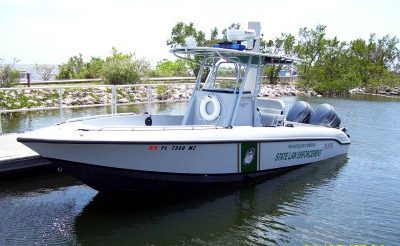
Today, the National Park Service announced its final General Management Plan (GMP) for Biscayne National Park. Despite commitments made by Biscayne National Park officials to work with stakeholders and the state of Florida to explore less restrictive options, the GMP includes a marine reserve, eliminating fishing and severely restricting boating in over 10,000 acres of the park’s most popular and productive marine waters. Photo credit: National Park Service “The recreational boating industry is disheartened by the National Park Service’s decision to implement a marine reserve at Biscayne National Park,” said Nicole Vasilaros, vice president of legal and federal affairs
RECREATIONAL SALTWATER FISHING COALITION LAUDS HOUSE LEGISLATION
Magnuson-Stevens reauthorization contains major provisions benefitting recreational fishing A coalition of organizations representing the saltwater recreational fishing and boating community congratulated the U.S. House of Representatives on its passage of H.R. 1335, a bill to reauthorize the Magnuson-Stevens Fishery Conservation and Management Act, the primary statute governing the nation’s marine fisheries. “The House action recognizes the increasing popularity of saltwater recreational fishing, which contributes $70 billion annually to the nation’s economy and supports 454,000 jobs in every type of business from marinas, tackle shops and boat dealerships to restaurants, motels and clothing stores,” said Jeff Angers, president
BLUEFIN TUNA REC. RETENTION LIMITS
Anglers who are lucky enough to come across any bluefin tuna this year should make sure they know the new regulations this season. The passage of Amendment 7 brings new regulations for HMS Charter/Headboat and HMS Angling permit holders including the possibility for crews in the Gulf of Mexico to retain one trophy sized (>73″) per vessel per year. By allocating a portion of the trophy subquota to the Gulf of Mexico region, any boats holding a valid HMS Charter/Headboat or HMS Angling permit may retain one trophy sized bluefin per vessel per year that are incidentally caught (recreational boats cannot target bluefin
BILLFISH BILL MORPHOLOGY
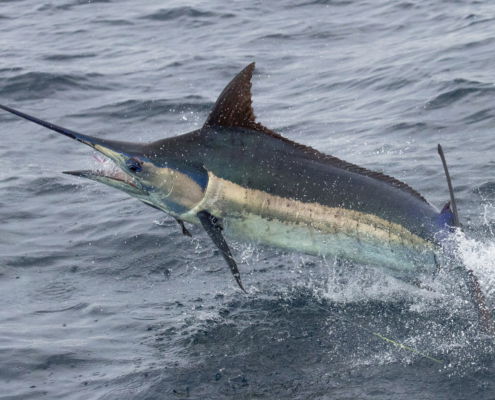
Rostrum: a funny word used by scientists to describe the “upper jaw prolonged into a long stout spear with round cross-section.” To anglers, it’s known as a bill and is what makes marlin, sailfish (Istiophorids) and swordfish such incredible creatures. Fossil records date the first signs of an elongated upper jaw in fish to more than 20 million years ago. The evolution of the bill clearly gave the species a great advantage in catching prey and has led them to be the extremely effective hunters they are today. How exactly the bill is used varies by the species
CAPTAIN’S TIPS & TRICKS
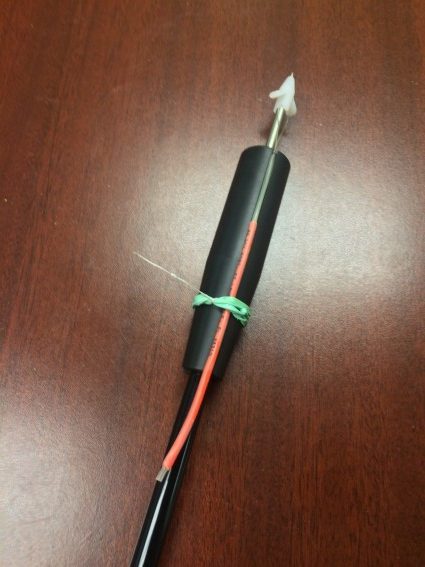
We are asking some of the top captains in the world for some of their tricks/tips, and this month, Capt. Chris Sheeder from Casa Vieja Lodge, a Tag & Release Program Sponsor, will talk about hooking up multiples… Courtesy of Capt. Chris Sheeder. There are only a handful of captains that can say they have more than a thousand billfish releases under their belt. For a captain to even come close to reaching those kind of numbers takes certain combination of effort from the crew, great fishing conditions, and a skilled captain to bring them all together. This means making
NOAA Unveils the First National Saltwater Recreational Fishing Policy
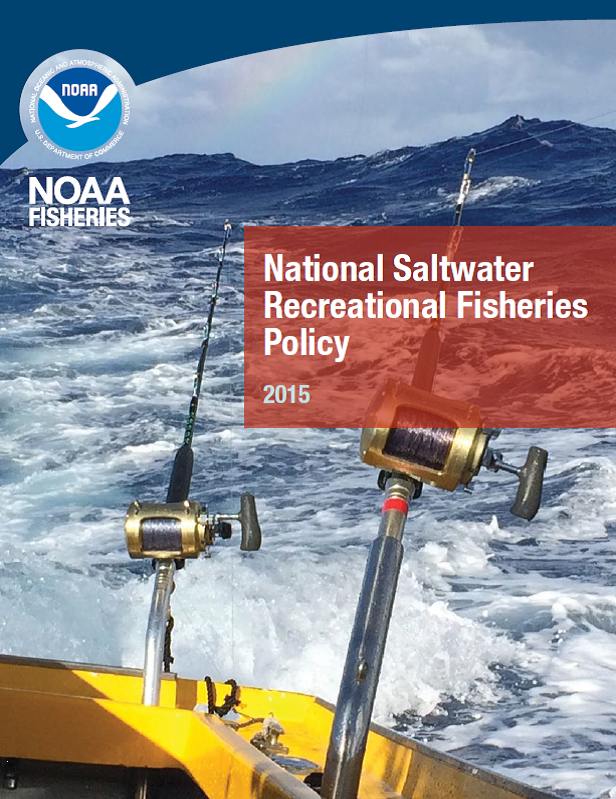
The National Marine Fisheries Service (NMFS) kept a promise made at the National Recreational Fishing Summit, February 2014, by its leader, Eileen Soebeck, Assistant Administrator in September 2014, when it released the first draft of the policy. The agency subsequently accepted public comments and in February 2015 at the Progressive Miami Boat Show released its finished version of the Policy, which establishes goals and guiding principles to be incorporated into all of NOAA’s fishery management processes. The goals include: 1) support and maintain sustainable saltwater recreational fisheries resources, including healthy marine and estuarine habitats; 2) promote saltwater recreational fishing
CAPTAIN’S TIPS
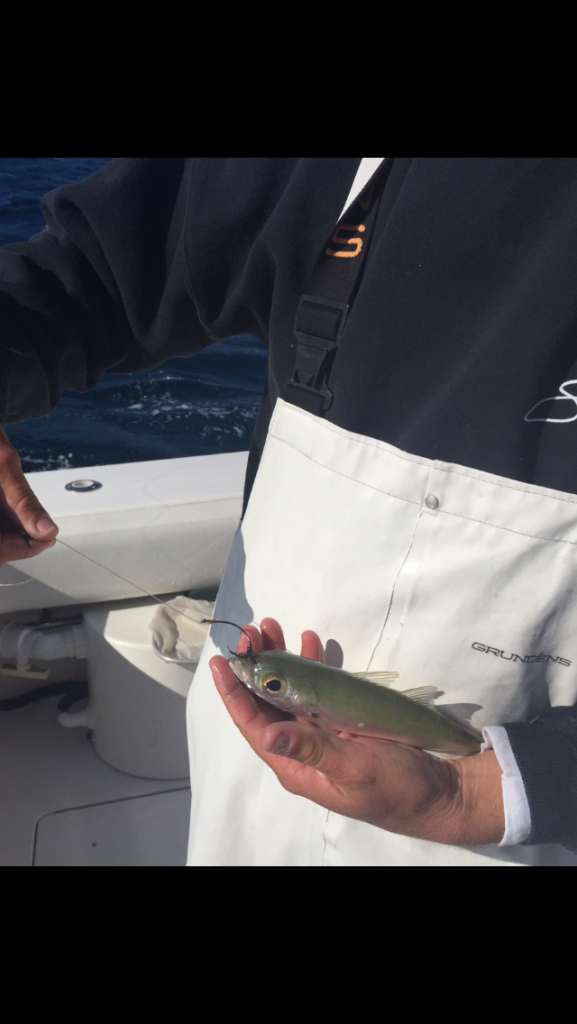
By Capt. Scott Leon from Sandman Fishing team There are two approaches to rigging kite baits that both have their positives and negatives making the choice ultimately up to each boat. The “traditional” or “back rig” way to rig a kite bait was with a rubber band through the back or “shoulder” of the bait holding the hook in an upright position on the back of the bait. This type of rigging minimizes the chances of the hook doubling back into the bait and optimizes the exposure of the hook while feeding the fish. This style of rigging also
FAMILY FUN FEST

Family Fun Fest at Biscayne Bay National Park The Billfish Foundation (TBF) is always looking for new avenues to engage the public on its programs, especially young people. TBF had a unique opportunity to educate over 400 children and adults about the Tag & Release program during Biscayne Bay National Park’s Family Fun Fest on February 8th. The event gave TBF a venue to show how citizen sciencedrives the program and contributes to science and conservation. At the TBF station, participants learned about billfish through photos and larval fish samples. Following a brief discussion on the importance of the
THE OFFSHORE FISHING LEAGUE – PRO SERIES

Very much like NASCAR or a professional sports team, large investment opportunities and top notch fishing skills are heading offshore with the creation and launching of the Offshore Fishing League (OFL). The OFL is the world’s first professional big-game sportfishing competition. “OFL investors see the sport, with over 45 million U.S. anglers, ready for prime time,” said Carlos Suito, CEO, “watching tough battles on the high seas, adrenaline-pumping action by the anglers working with the captain and team members while fighting large blue marlin to the boat, where they must be tagged and successfully released.” The equipment sponsors
RECREATIONAL HMS ECONOMIC CONTRIBUTIONS FROM MID-ATLANTIC TO MAINE

Whether it is billfish, tuna, or sharks, fishing for HMS species means finding blue water far offshore from the dock. Venturing offshore and pursuing big game fish requires larger boats, heavier tackle and presents challenges on the scale of the fish that anglers target. Of course, the bigger boats, specialized equipment, and more fuel needed means offshore anglers pursing species like billfish spend more than the average saltwater angler. For HMS fisheries in the Mid-Atlantic and New England region where fishing grounds can be 30-100 miles offshore and multiday trips are the norm this is especially true. When all




